 If you find yourself in northern Morocco, consider stepping over the land border into Ceuta, Spain. Located about an hour east of Tangier by taxi, this autonomous Spanish city is an easy day trip for travelers and a tranquil home to both Arabs and Spaniards.
If you find yourself in northern Morocco, consider stepping over the land border into Ceuta, Spain. Located about an hour east of Tangier by taxi, this autonomous Spanish city is an easy day trip for travelers and a tranquil home to both Arabs and Spaniards.
The lush growth of palm trees so common throughout Morocco continues into Ceuta, decorating the city’s major streets and coastline. The main promenade that overlooks the coast is spacious and clean, and offers numerous fountains, statues and benches.
Though windy at times, the promenade makes for a scenic stroll by day and animated people watching after sunset. As evening falls, a cheery ambiance settles on the well-lit area as families, couples, clusters of teenagers and joggers meander by. The contrast of western attire and traditional Muslim dress highlights the city’s diversity.
If you look over the coast to the north, you’ll see a hill in the distance known as Monte Hecho. You can take a city bus most of the way there or catch a taxi to take you the entire way. Once there, take in the views from all directions, including a panoramic view of the city to the south and a clear view of Gibraltar across the strait to the north. Look for the controversial Francisco Franco monument before you head back to town.
In wandering the city, you’ll encounter numerous parks and cathedrals. Many view the Plaza de Africa as an important spot to stop and soak in a bit of history. The plaza has a few monuments and is bordered by the Our Lady of Africa church and the town hall.
After spending time in Morocco, you may find that you need to adjust to the more European Ceuta. Below are some practical tips for making the transition.
- Euros are the local currency. Expect western prices for food, accommodations, etc.
- Ceuta is in the Central European time zone with Madrid, which is one to two hours behind Morocco, depending on the time of year.
- Though many places offer Wi-Fi, the city has no internet cafes.
- The tourist office near the Plaza de Africa has information about local attractions and a helpful, English-speaking staff.
- The city is small and relatively easy to cover by foot or bike, and the city buses are reliable with inexpensive fares.
To head back to Morocco, simply catch a city bus or taxi to the border and plan to cross the border by foot. The border has a lot of foot traffic and the process is run efficiently. Once across, you’ll be greeted by rows of parked taxis, prepared to take travelers to the nearby Moroccan border town of Fnideq or the more populated destination of Tangier (see our Tangier City Guide). A handful of local tourism companies offer organized trips to Tangier and/or Tetuan for reasonable rates, which offers an additional option for returning to Morocco.
Ceuta’s coastline spans the Strait of Gibraltar and the Mediterranean Sea. Spain’s mainland is a quick ferry ride away, with high-speed ferries reaching Algeciras in less than an hour. The Spanish mainland is also accessible via helicopter rides to Malaga.
Written by Shelley A. Gable, instructional designer and freelance writer.
Photo by Darksein.



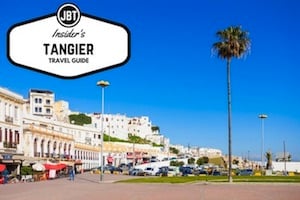
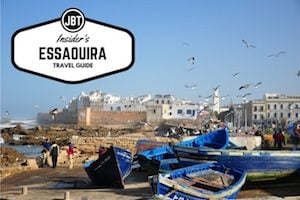
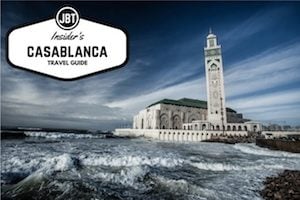

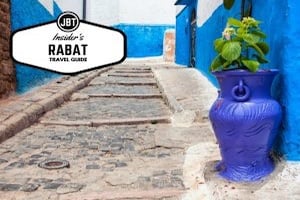
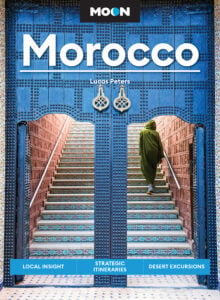
a very important correction:Exploring Ceuta: A Spanish City Surrounded by Morocco
It is Ceuta a Moroccan City COLONIZED by Spain…
And we can chat further about the History , Geography and People of Ceuta
Please post
A Moroccan from Ceuta